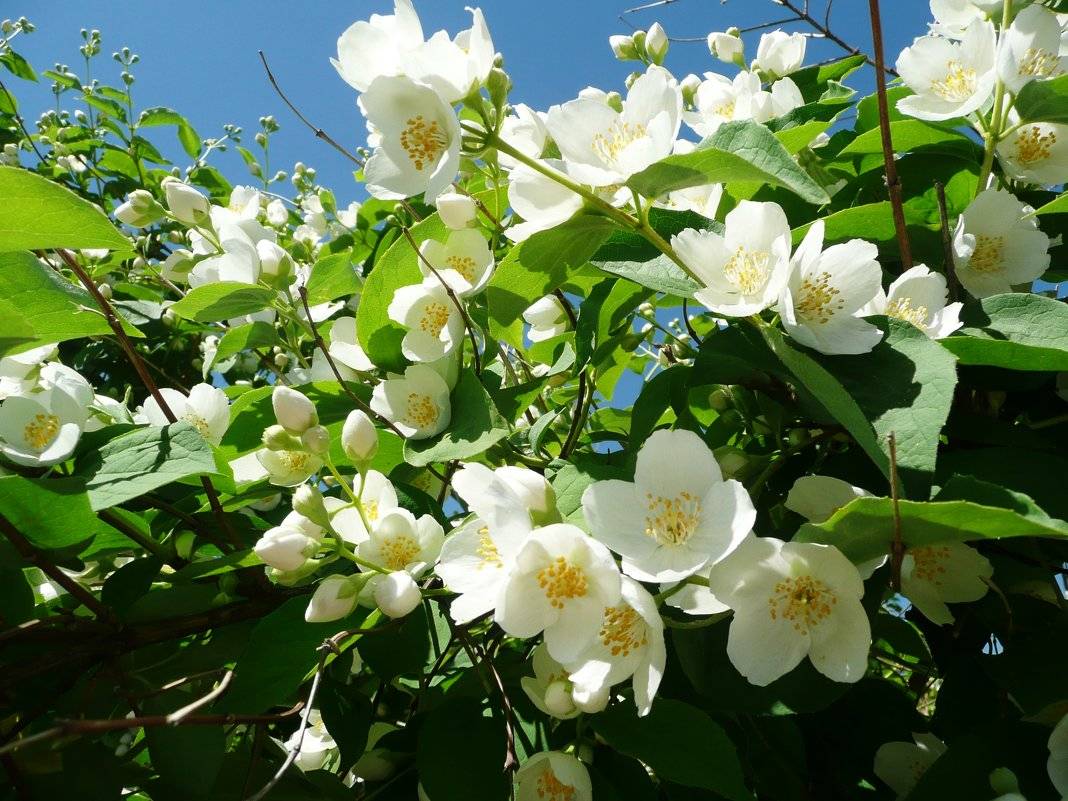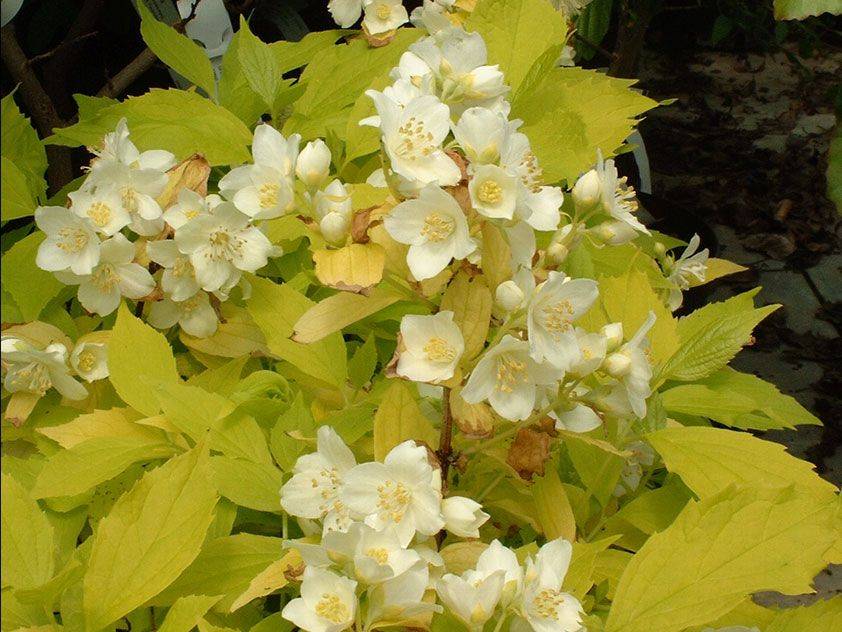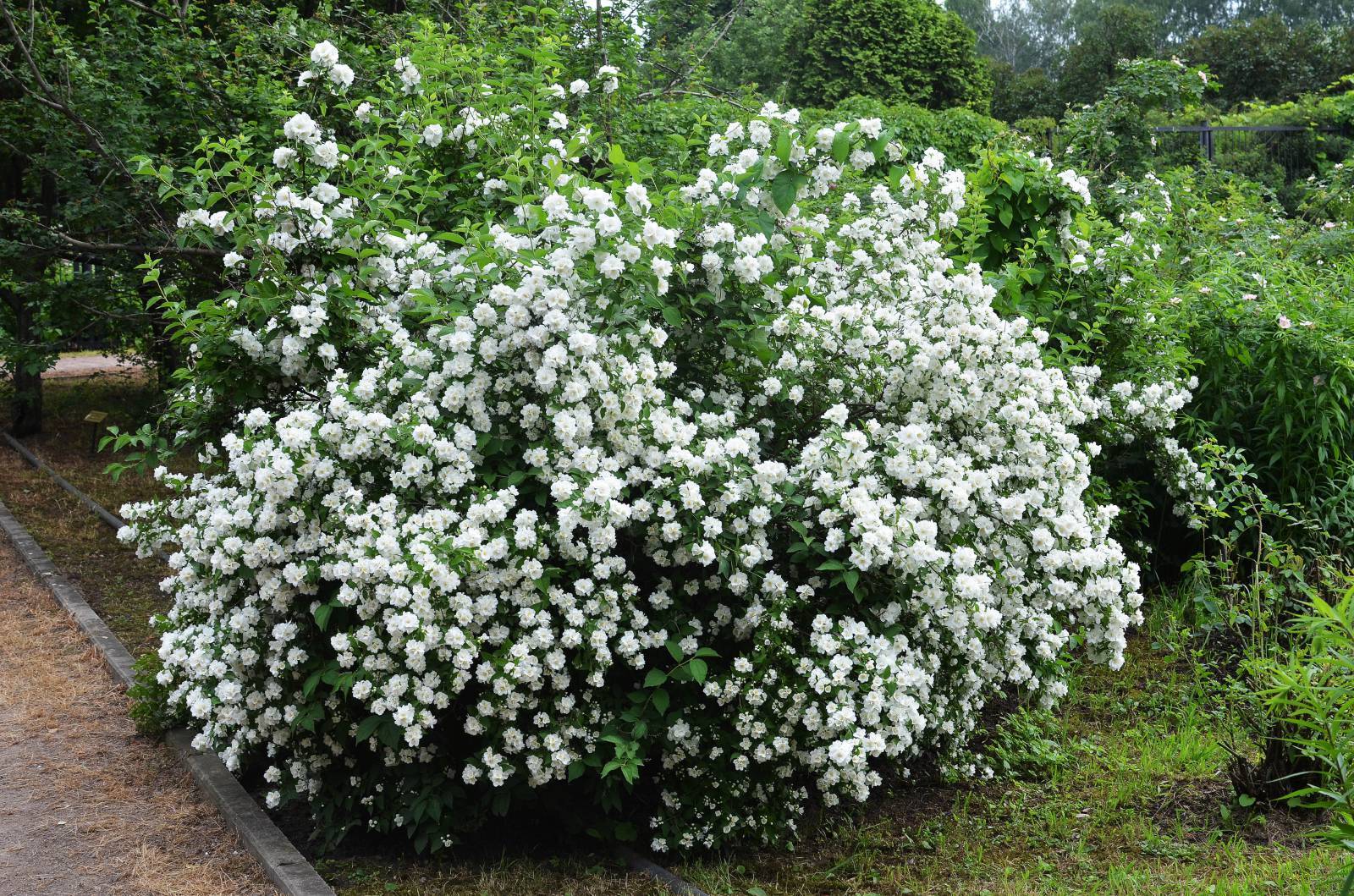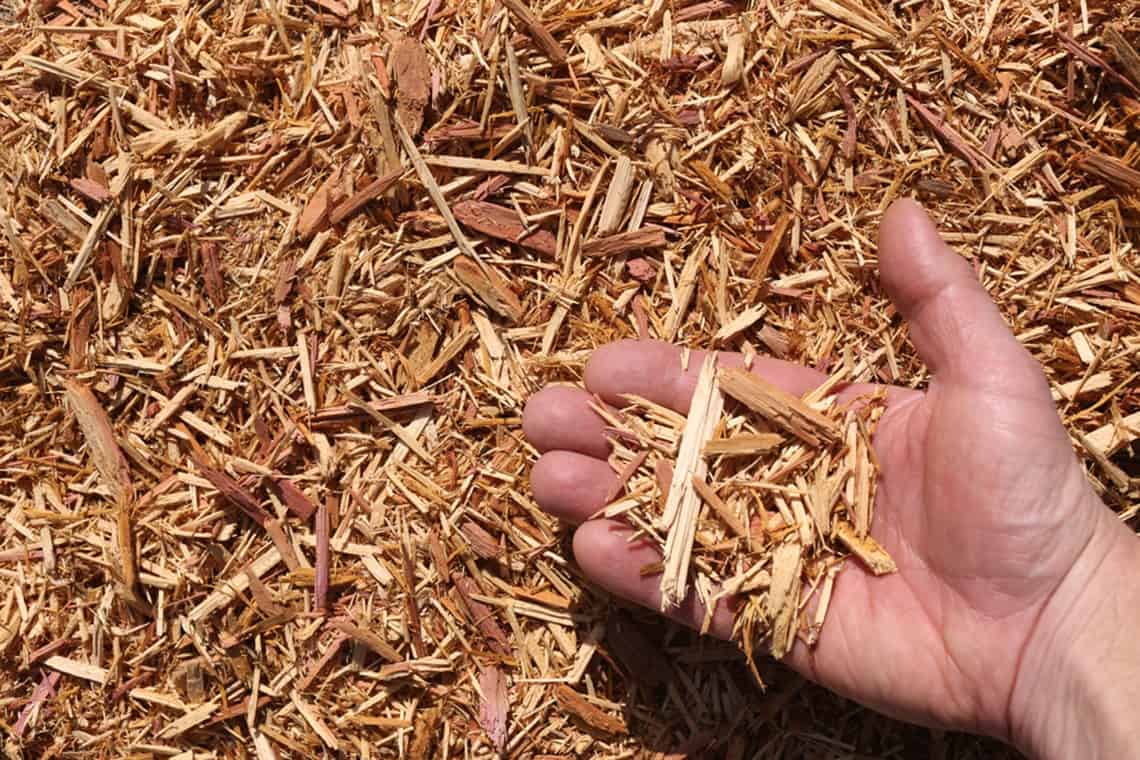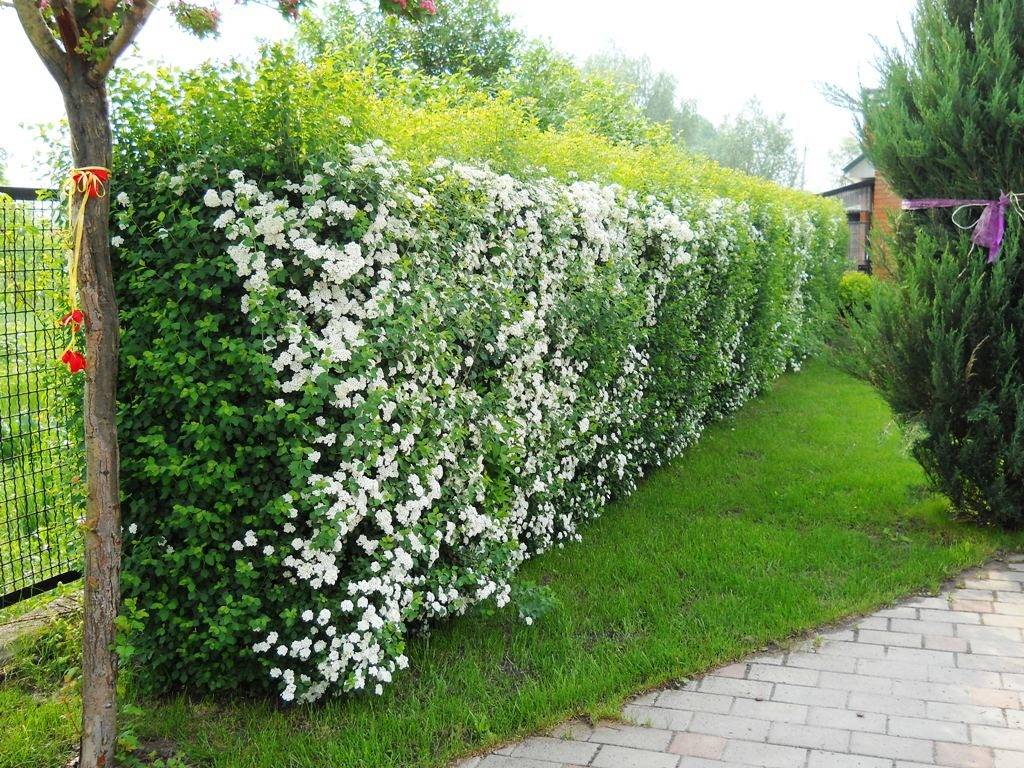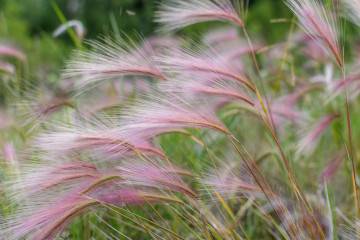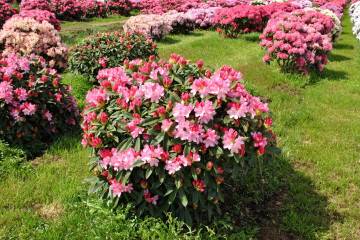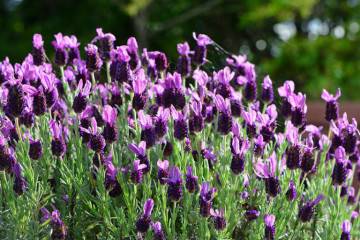Chubushnik (jasmine) - planting and care in the open field
Content:
Chubushnik, the care of which boils down to observing simple rules, is popular with gardeners. It is distinguished by its non-capricious character, even beginners can cope with its cultivation. In addition, this is a perennial shrub, it does not need to be dug up for the winter and does not even need to be covered. He is able to grow even in the harsh conditions of Siberia.
Description of chubushnik
Chubushnik is a flowering shrub, mistaken by many for jasmine. The aroma exuded by the plant gives reason to think so. Light flowers densely cover the mock-orange, which really looks like jasmine. But plants belong to different families, their bark is different in color. In addition, jasmine is evergreen, and chubushnik is a deciduous shrub.
Types and varieties
The plant has more than 60 species, including:
- Common chubushnik. The shrub grows up to three meters in height, its flowers are soft cream.
- Chubushnik Lemoine. A hybrid plant, all varieties of which are distinguished by a pronounced sweetish aroma. Although the flowers of the variety virginal or mock-mushroom virginsky practically do not smell. They are medium in size, grow up to 5 centimeters in diameter, collected in a brush. Terry chubushnik, famous for its frost resistance, has voluminous attractive flowers. The ermine mantle is covered with a large number of buds. They are arranged in several tiers, resembling a bedspread spreading across the garden. Strawberry mock orange emits a scent reminiscent of the familiar wild berry.
- Crown chubushnik. Sprawling shrub with dense foliage survives at temperatures of minus 25 degrees. It has creamy flowers up to 5 centimeters in diameter.
In the Urals, the Chubushnik Unusual grows, planting and caring for it is not burdensome in harsh conditions. It feels comfortable in cold winters because it was created specifically for growing in cold climates. Its creamy petals are bright crimson at the base.
Growing a mock-orange from seeds
It is not difficult to grow a mock-orange. The main thing is to follow the recommendations, and then the plant will quickly get stronger and give shoots.
Sowing
How to plant a mock orange with seeds, a description of the process:
- Sowing material is prepared in advance. The seeds are soaked for several days so that they swell.
- In the spring, they are recommended to be planted in a greenhouse or separate containers. The seeds are mixed with sand and placed in a prepared place.
- Sprinkle with humus.
- Moisturize a little. For future plants, it is important to maintain the correct balance in watering, prevent the earth from drying out and make sure that there is not too much moisture.
- Place the seeds in the shade.
Planting can be started in autumn or winter. For this, the seeds are placed in prepared grooves and slightly moistened the soil. It is imperative to cover the plants so that the frost does not harm them. Usually straw and spruce branches are used. It is not necessary to open shoots in winter. When the snow melts, new protection will be needed, already from the scorching sun.
Seedling care
When the seedlings sown in spring grow up, they need to be dived so that they do not interfere with each other's development. The land must be loosened and watered, if necessary, remove weeds. After a year, it is advised to prune by removing most of the plant. Thanks to this, the shoots will become strong.If the shrub was in a greenhouse or in a separate container, it is transferred to a permanent place. After transplanting, the plant must be watered abundantly.
You can not wait for next year, but plant the plants in open ground at the end of May. At the beginning of the month, take them outside to temper them. Be sure to keep them in the shade at this time.
Landing in open ground
Its growth and flowering depends on how to plant the mock-orange bush and in what place.
The main thing is to choose a well-lit area, otherwise the foliage will be lush. At the same time, the shoots will stretch out strongly in search of the sun, and the buds will practically not be tied. The soil must be fertile and well-drained.
When to plant
Chubushnik is best planted in early spring, before the buds bloom, or in autumn. In the latter case, you need to be in time before the onset of frost, otherwise the plant will not survive.
How to plant
Before planting a chubushnik bush, you need to dig a hole, 50 to 50 in size. This is done two weeks before the planned date. A drainage layer is laid at the bottom, expanded clay or pebbles are suitable. Then the soil is filled up.
The composition of the soil determines the growth and development of the plant. You need to mix:
- leafy ground - 3 parts;
- sand - 2 parts;
- humus - 1 part.
The shrub is deepened by 2-3 centimeters and added dropwise. Be sure to mulch the plant and water it.
Outdoor care
The chubushnik shrub, planting and caring for which will not take much time and effort, will annually delight with abundant flowering. And some varieties also smell good, which makes the plant even more attractive. You need to take care of the chubushnik as for any garden plant: water, fertilize, mulch and protect from weeds.
How to feed the chubushnik:
- In the spring, it is recommended to apply mineral fertilizers.
- After flowering, potash preparations or wood ash are used.
- Slurry is used annually, the raw material is diluted with water in a ratio of 1 to 10.
How to water
Watering the chubushnik plant is necessary in dry weather. If it is rainy outside, additional moisture is not required. You need to navigate by the condition of the soil. In a drought, watered once a week. Depending on the size of the bush, take one or two buckets of water. A well-established irrigation system is the basis of a flower's health.
Reproduction
In addition to the seeds, the mock-orange can be propagated by cuttings, dividing the bush and even air layering. The first method is the most convenient and popular. Cuttings are prepared in summer. The shoots should be about 10 centimeters long. The cut site is treated with a special agent that stimulates the formation of roots, and placed in the ground. It is obtained by mixing garden soil and sand.
It is not necessary to deepen the cuttings much, 5 centimeters is enough. Young plants are placed under a film and left outside. Periodically they need to be ventilated and sprayed. In two weeks, the mock-orange will take root.
Dividing a bush is also not a difficult procedure, with the exception of strong adult plants. It will take a lot of effort to pull them out of the ground and carefully plant them, dividing them into parts.
To propagate the mock-orange flower with air layers, you need to carry out the following manipulations:
- Choose a strong and sturdy shoot.
- In late spring, wire it under the first bud. You can make a small incision and treat with a growth stimulant.
- Make a hole about 7-10 centimeters and put a shoot in it, sprinkle with earth.
- It is necessary to water it and spud it, cover it with spruce branches for the winter.
- For the next fall, you can transplant to a separate place.
Diseases and pests
Diseases that can infect a mock-orange include:
- Root rot. The underground part of the plant is affected. If brown spots appear on its leaves, then it is worth digging it up and examining the roots. All damaged areas must be removed, and the shrub must be moved to a new location. The contaminated land must be cultivated. The cause of the disease is waterlogging of the soil, when moisture stagnates at the roots.
- Gray rot. Irregular brown spots appear on the leaves. The foliage falls off, and before that begins to dry. It is necessary to remove all diseased leaves and spray the plant with antifungal agents.
- Septoria. First, small dark spots appear on the leaves, then they fall off. The plant practically does not bloom and dies if left untreated. All affected parts of the chubushnik must be collected and discarded. Treat it with Bordeaux mixture or another remedy for fungi.
Among the pests are noted:
- Bean aphid. The insect drinks the sap of the plant, taking away nutrients. As a result, the leaves curl up and stop growing. In addition, aphids are a distributor of viral diseases. To get rid of it, Karbofos is used;
- Mealybug. A bloom resembling cotton wool appears on the leaves. Special preparations, including Confidor, Calypso, destroy the pest;
- Spider mite. A thin web is visible on the inside of the leaves. The pest is not always detected immediately, only when the plant begins to wither. To destroy it, you need to spray the bush with Keltan emulsion.
Flowering period
Depending on the variety, the chubushnik blooms from May to July. This period lasts from 3 to 5 weeks. Duration depends on weather conditions and location. So, a plant that is not in direct sunlight blooms a little longer. For some, the process starts again in the fall. During the colorful and fragrant period, the shrub needs to be watered more often.
Why does the plant not bloom:
- Excessive moisture or, conversely, dry soil.
- The kidneys are frozen.
- The place is not suitable.
- Pests attacked.
Chubushnik after flowering
After flowering, the shrub is waiting for sanitary pruning. In addition to wilted buds, damaged shoots are removed. Fertilizers that contain phosphorus and potassium need to be applied to the soil, and mulch the ground around the chubushnik with sawdust or peat.
When and how to collect seeds
Chubushnik is rarely propagated by seeds. This method is only suitable for species plants. Artificial varieties will lose their properties. In addition, the plant spends a lot of energy on the formation of seed bolls. Therefore, flowers that begin to wilt are often removed.
After a colorful flowering period, seed pods are formed. This is the fruit of the plant.
Preparing for winter
Preparation for winter is not required, the plant is unpretentious and quite hardy. The main thing is to correctly carry out the procedures after the end of flowering.
In winter, you do not need to take care of the plant, this applies to both watering and feeding. It is recognized as frost-resistant, therefore it does not need a covering material. Although at very low temperatures, the tops of the bush may suffer. They are removed in the spring when the plant is routinely pruned.
Use in landscape design
Chubushnik can be used as a hedge. In this case, there should be a distance of 50-70 centimeters between the bushes. So they will not interfere with the "neighbors" and negatively affect their growth. Most varieties reach a height of three meters, so the result is a "fence" taller than a person. An attractive shrub will not only decorate the site, but also protect it from prying eyes.
Chubushnik is combined with other plants, in particular creepers, for example, clematis. They create a floral arrangement that resembles a fluffy multi-colored carpet. They are also planted against the background of trees, characterized by bright juicy foliage. This is how the shrubs look most beneficial.
Chubushnik shrub is an unpretentious plant. Many varieties have different flowering times, which will make the garden fragrant for several months. The main thing is to correctly combine different representatives of the genus of shrubs.
Chubushnik buds have a pleasant aroma, in some varieties it is pronounced, in others it is barely perceptible. In addition, the plant is actively used in landscape design. It is combined with flowering shrubs, climbing flora and many trees.
